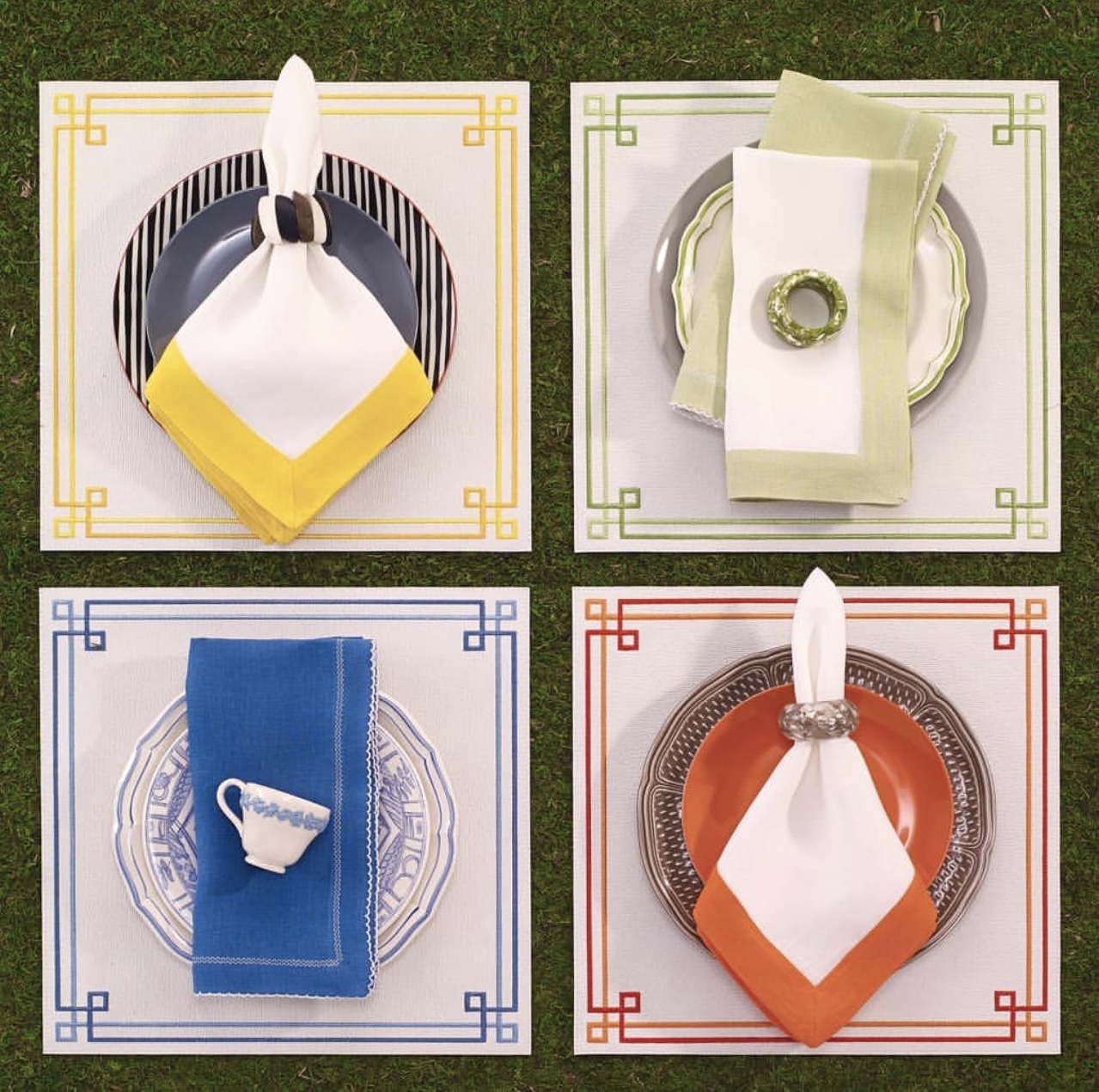Creative Ideas for Personalized Embroidered Napkins to Enhance Your Dining Experience
Aug . 01, 2024 02:41 Back to list
Creative Ideas for Personalized Embroidered Napkins to Enhance Your Dining Experience
The Art of Embroidered Napkins A Blend of Functionality and Aesthetics
Embroidered napkins have long transcended their primary function of protecting tables and enhancing dining experiences. These delicate pieces of fabric bring together the craftsmanship of embroidery with the practical aspects of everyday dining. In this article, we delve into the history, artistry, and cultural significance of embroidered napkins, exploring why they remain cherished items in both casual and formal settings.
A Brief History
The practice of embroidering napkins can be traced back hundreds of years. In earlier civilizations, napkins were simple pieces of cloth used to wipe hands and mouths during meals. As the art of embroidery gained popularity, particularly during the Renaissance, napkins began to be embellished with intricate designs, often reflecting the social status of their owners. Nobility and affluent families commissioned skilled artisans to create bespoke embroidered pieces that adorned their dining tables, turning an ordinary cloth into a work of art.
Craftsmanship and Techniques
The craftsmanship involved in creating embroidered napkins is noteworthy. A skilled artisan employs various techniques such as hand embroidery, machine embroidery, and even digital embroidery. Hand-embroidered napkins showcase the unique touch of the artist, often featuring intricate stitches and personalized designs. This particular approach allows for greater creativity, with patterns ranging from floral motifs to geometric designs.
On the other hand, machine embroidery has made it possible to produce high-quality napkins at a faster pace while maintaining precision and consistency. This method often incorporates more complex patterns that would be challenging to replicate by hand. Digital embroidery, the newest trend, involves using computer software to create designs, allowing for even greater customization and elaborate designs.
Aesthetic Appeal
embroidered napkins

One of the most compelling reasons for the enduring popularity of embroidered napkins is their aesthetic appeal. A beautifully embroidered napkin can elevate the entire dining experience, adding a touch of elegance and sophistication to the table setting. Additionally, many people enjoy using embroidered napkins for special occasions such as weddings, holiday gatherings, or dinner parties, as they contribute to an atmosphere of warmth and hospitality.
Embroidery also provides an opportunity for personalization. Families often choose designs that hold special meaning, such as monograms, initials, or symbols that reflect their heritage. This personal touch transforms napkins from mere items of utility into cherished keepsakes that can be passed down through generations.
Cultural Significance
Embroidered napkins also carry cultural significance in many societies. In some cultures, the act of embroidery is seen as a form of storytelling, where each stitch tells a part of history, tradition, or family lineage. For instance, in certain regions, embroidered table linens are used during significant life events like engagements, weddings, or anniversaries, symbolizing the importance of these occasions.
Moreover, many artisans around the world create embroidered napkins that reflect their cultural heritage, featuring traditional symbols, colors, and motifs. These unique pieces serve as a celebration of identity and are often sought after by collectors and those who appreciate the art of traditional crafts.
Conclusion
In conclusion, embroidered napkins are more than just functional items; they are a fusion of artistry, culture, and tradition. Whether adorning a formal dining table or a casual brunch, these napkins bring sophistication, warmth, and a personal touch to any meal. As we continue to appreciate the value of handcrafted items in an increasingly digital world, the legacy of embroidered napkins endures, encouraging a deeper connection to the art of dining and the stories woven into each stitch.
-
Adult Bamboo Robes: Soft, Eco-Friendly Comfort & Luxury
NewsAug.18,2025
-
Indian Block Print Linen Napkins - Handcrafted & Wholesale
NewsAug.17,2025
-
Wholesale Linen Napkins | Custom Table Linens & More
NewsAug.16,2025
-
Bamboo Wearable Baby Blanket: Soft, Safe & Cozy for Kids
NewsAug.15,2025
-
Soft Stone Washed Fabric: Linen, Hemp, Cotton & Tencel Blends
NewsAug.14,2025
-
Soft 100% Flex Linen Tablecloth for Natural Dining
NewsAug.13,2025
